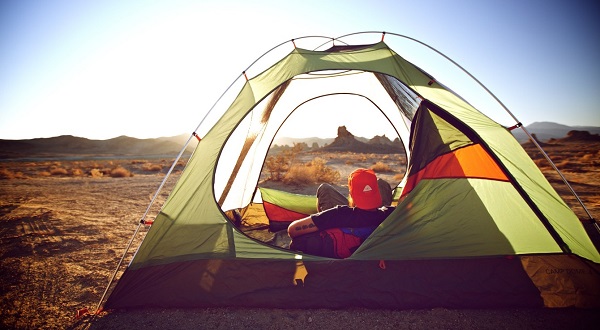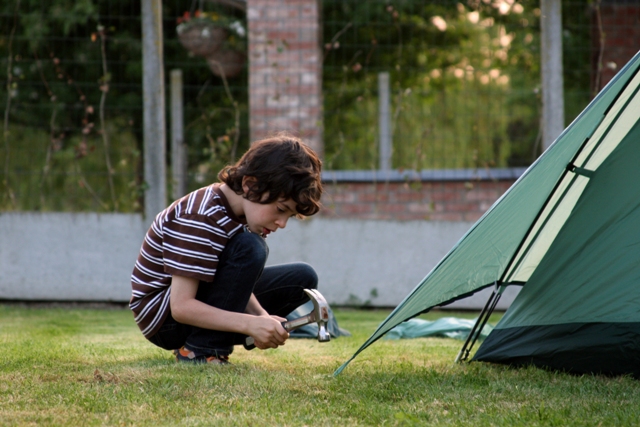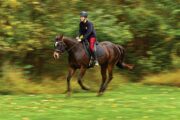There’s this group of people I find particularly interesting: they love camping so much, but don’t really want to deal and be involved in the whole process of preparing and setting up the tent. I’ve heard so many funny stories about people who were really enthusiastic about spending a night or two under the night sky watching the stars, but then came home completely exhausted, frightened, and disappointed. Not because it wasn’t good, but because they couldn’t experience all that goodness they were supposed to. They were either completely in the dark because they didn’t know how to light a fire, or they were fighting to keep their tent on the ground. Rookies.

I’ve been camping long enough to know a thing or two about doing these things right. So, I’ll share a few tips with you on how to pitch a tent.
The tent and the site
There are many types of tents today and the most famous ones are the ‘geodesic’ ones and the ‘dome’, which refer mainly to the shape of the tent. Also, they differ a lot in size as there are tents that can fit only one person and ones that can fit up to 16. An important aspect of camping is choosing the site for placing the tent. On your allocated pitch, choose the spot where you won’t be facing any hazards such as trees above it or power lines. Also, inspect where the wind comes from; this will help you choose the direction in which your tent should be pegged with tent pegs. Ideally, you’d want to place it with the back facing the wind.
Pegging the tent
Once you decide on the shape of the tent and choose the pitching spot, you should peg it. Pegging the tent will give you the stability you need to feel like you have a roof over your head that won’t be blown away by a wind. Obviously, for this you need strong tent pegs, something made of galvanized steel for durability and maybe a silver finish for good looks. The tent pegs kit that comes with the tent is generally not that good of a quality, which means it’s good to have a few extra ones with you. Pegging comes down to positioning the pegs at a 45 degree angle from the ground, pointing towards the tent in a downward direction. The point is to tighten up the fabric enough, but not stretch it too much. Try not to step on the pegs to press them on hard ground; they could bend and become useless.

A few extras
Practice is crucial when you’re doing something for the first time. Don’t go unprepared in the forests, try pegging the tent in your backyard for starters. You’ll get a feeling of just how hard you should press the pegs and how to position them and the fabric perfectly.
All in all, camping isn’t hard – it’s very easy actually, as long as you know that there are some things that you’ll need to learn first. After you master those little details, your camping experience will get a whole other dimension. Good luck!


